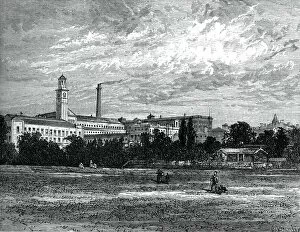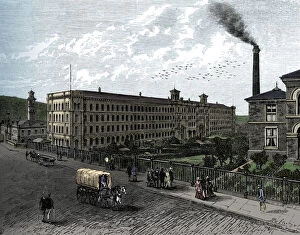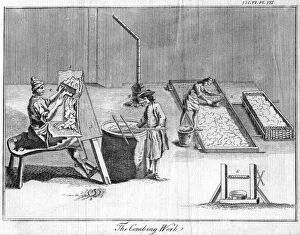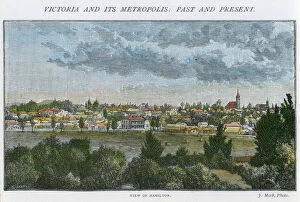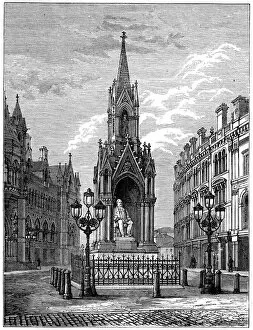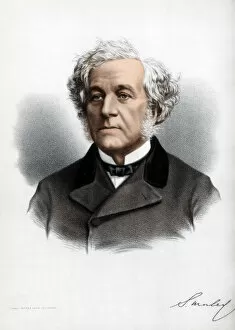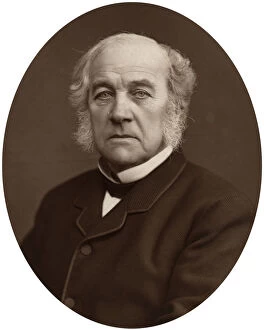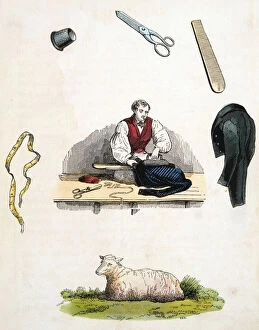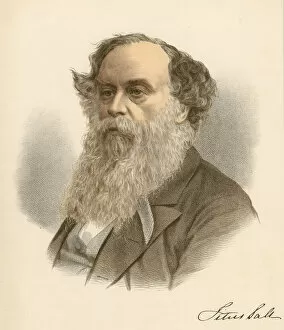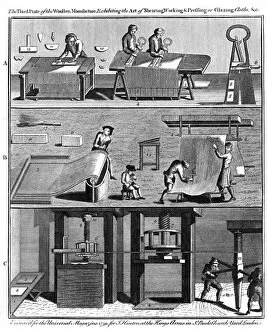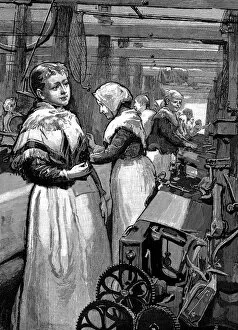Woollen Industry Collection
The woollen industry has a rich history that spans across continents and centuries
All Professionally Made to Order for Quick Shipping
The woollen industry has a rich history that spans across continents and centuries. In the late 19th century, the Saltaire works stood as a testament to the booming wool trade. The mill at Saltaire, captured in a photograph from around 1880, showcased the grandeur and scale of this industrial revolution. But even before then, pioneers like Edmund Cartwright paved the way for innovation in this field. His printers sample for the Worlds Inventors souvenir album (A25) displayed his ingenuity and creativity. As we delve further into history, we come across glimpses of early techniques such as combing work dating back to approximately 1750. This labor-intensive process was vital in producing high-quality wool products. The influence of the woollen industry extended far beyond Europe. A view of Hamilton, Victoria in Australia circa 1885 reveals how this trade reached distant shores and contributed to global commerce. One cannot discuss wool without mentioning its association with exquisite craftsmanship. Shawl weavers in Kashmir, India during the early 1900s were renowned for their intricate designs and skillful artistry. Underwood & Underwood's photograph captures these talented artisans at work. In Bradford, England - known as an epicenter of textile production - a salt statue stood proudly as a symbol of prosperity during this era. Its presence reflected not only economic success but also cultural significance within the community. Samuel Morley emerges as an influential figure within both political and industrial realms during this time period. As an abolitionist and political radical turned statesman, he left an indelible mark on society through his unwavering dedication to social justice. Another Samuel Morley made significant contributions to politics and industry alike; he served as an MP while excelling as an industrialist during Britain's heyday in textiles manufacturing around 1882 – Lock & Whitfield's portrait immortalizes him amidst his achievements. Throughout history, various individuals played crucial roles in the woollen industry.

